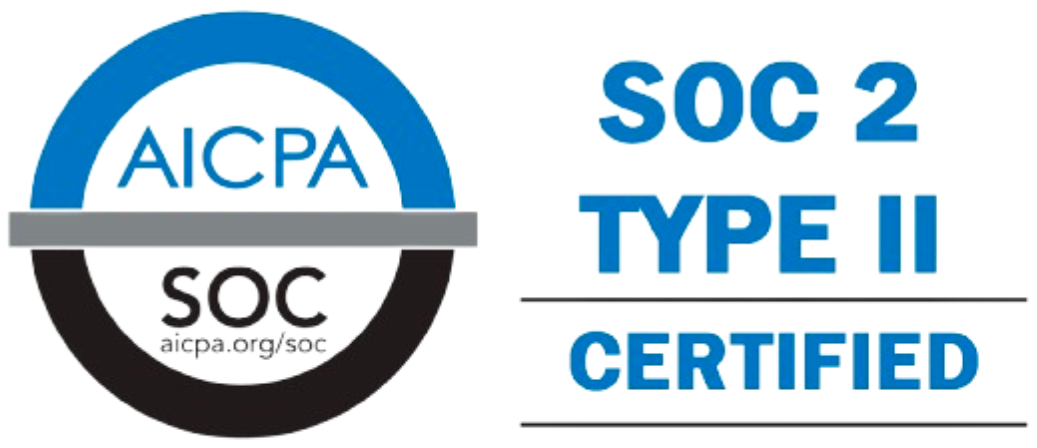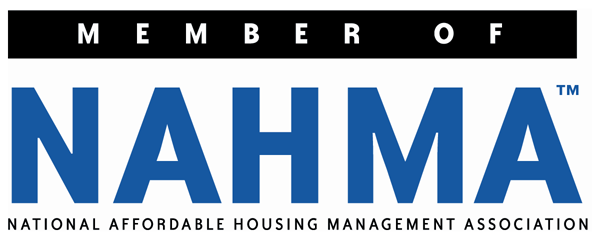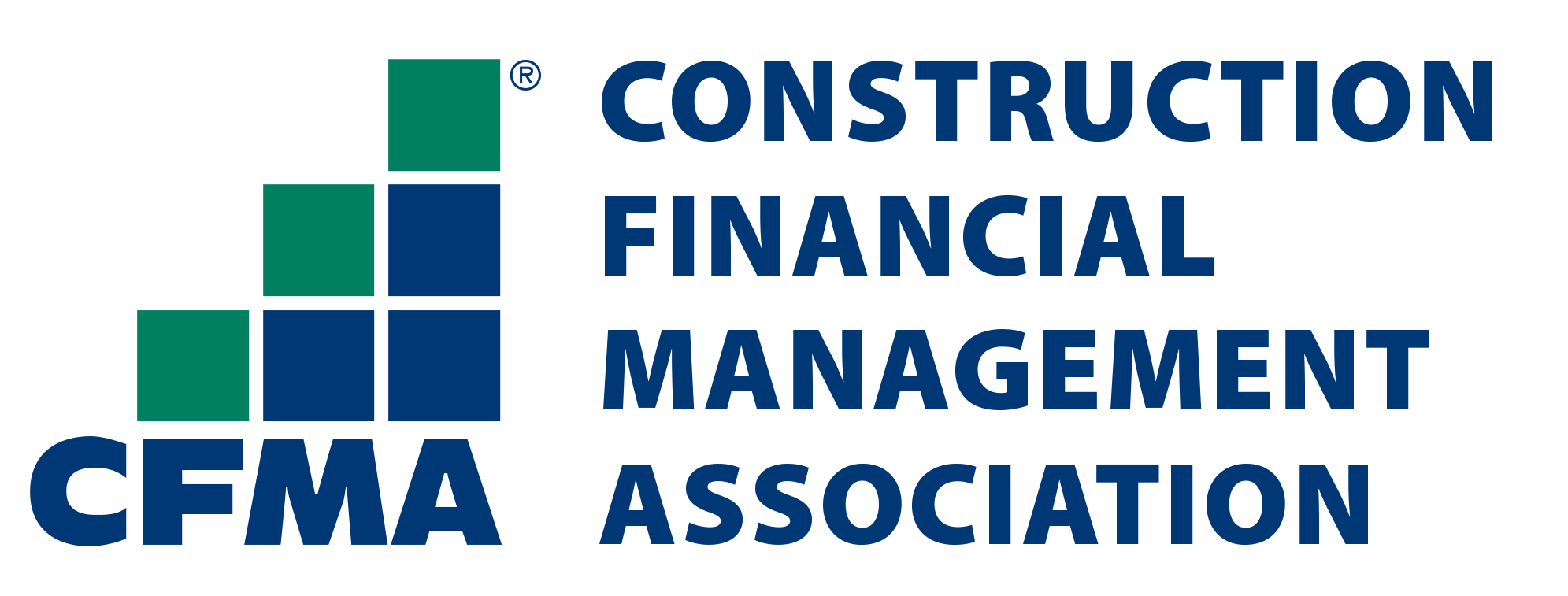
Optimizing Rent Roll Analysis for Multi-Property Portfolios
- December 25, 2023
- OHI

Introduction
In the world of real estate investment and management, rent roll analysis is a critical practice that provides valuable insights into the financial performance and potential of properties within a portfolio. While rent roll analysis is important for single properties, it becomes even more complex and essential when dealing with multi-property portfolios. This article explores the strategies and best practices for optimizing rent roll analysis in the context of multi-property portfolios, empowering real estate professionals to make informed decisions and maximize returns.
Understanding Rent Roll Analysis
Before delving into the intricacies of optimizing rent roll analysis for multi-property portfolios, let’s establish a clear understanding of what rent roll analysis entails.
A rent roll is a comprehensive document that provides a snapshot of the rental income generated by a property or a portfolio of properties over a specified period. It typically includes detailed information about each rental unit within the portfolio, such as:
Rent roll analysis involves a comprehensive review of this data to assess the financial health of the properties, identify trends, and make data-driven decisions. For multi-property portfolios, the complexity increases as you need to aggregate and analyze data from multiple sources and locations.
Understanding Optimizing Rent Roll Analysis for Multi-Property Portfolios
Rent roll analysis is a cornerstone of effective real estate portfolio management, and its significance multiplies when managing multiple properties. By optimizing your approach to rent roll analysis within a multi-property portfolio, you gain a comprehensive understanding of your financial performance, identify opportunities for improvement, and make informed decisions that maximize returns and mitigate risks.
Centralized data management, standardized reporting, automation, real-time updates, portfolio-level analysis, income diversification assessment, expense benchmarking, lease expiration management, market research integration, scenario analysis, and regular reporting and review are the key strategies and best practices that enable real estate professionals to excel in the complex realm of multi-property rent roll analysis. With these tools and approaches, you can navigate the intricacies of multi-property portfolios with confidence and achieve optimal financial outcomes.
Contact us for a customized NO OBLIGATION proposal for outsourcing your accounting activities.









